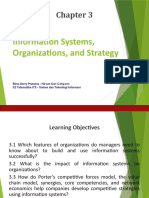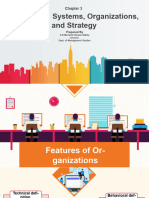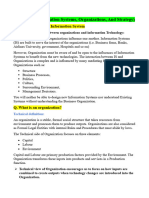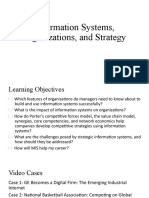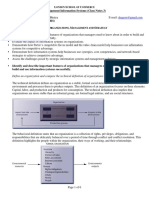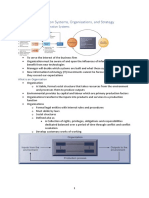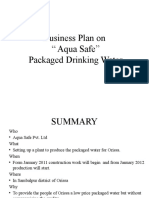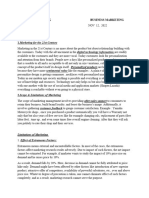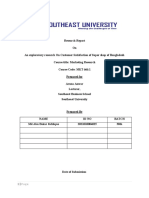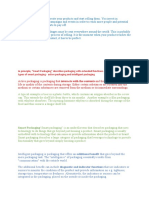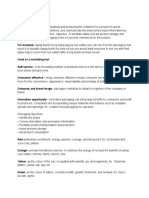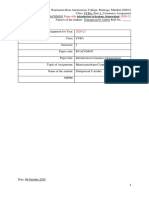0% found this document useful (0 votes)
25 views64 pagesChapter 03
The document discusses key features of organizations including their structure, routines, politics, culture and environment. It explains how information systems can help businesses leverage these features through competitive strategies like Porter's model and the value chain to achieve advantages.
Uploaded by
narteyanthony765Copyright
© © All Rights Reserved
We take content rights seriously. If you suspect this is your content, claim it here.
Available Formats
Download as PDF, TXT or read online on Scribd
0% found this document useful (0 votes)
25 views64 pagesChapter 03
The document discusses key features of organizations including their structure, routines, politics, culture and environment. It explains how information systems can help businesses leverage these features through competitive strategies like Porter's model and the value chain to achieve advantages.
Uploaded by
narteyanthony765Copyright
© © All Rights Reserved
We take content rights seriously. If you suspect this is your content, claim it here.
Available Formats
Download as PDF, TXT or read online on Scribd
/ 64




